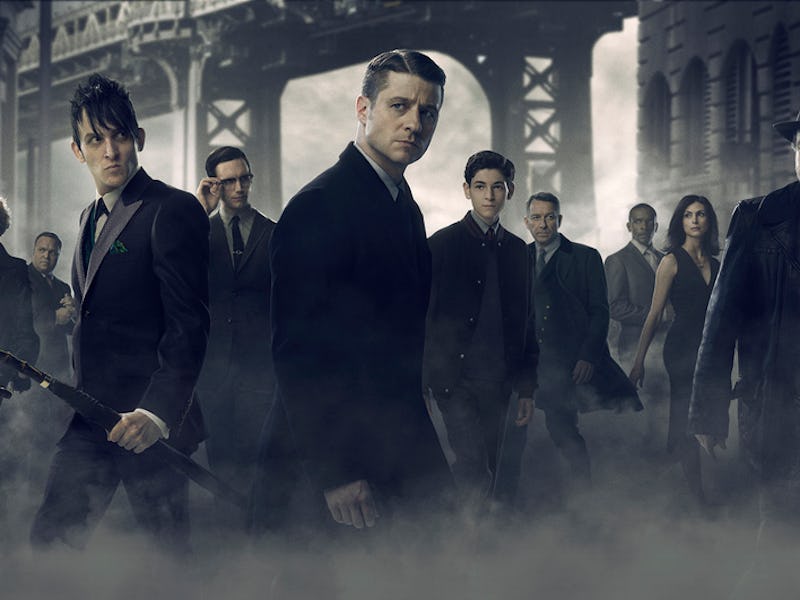Gotham City and Beyond: Why It Doesn't Matter Where DC Cities Are
Why it's not where the cities are, but who lives in it that matters.

The most glaring difference between DC and publishing rival Marvel isn’t about superheroes, approaches to the genre, or how each handles big budget movies. It’s the worlds they create. Marvel, for the most part, calls New York City home. DC, well, it’s Earth. We know that much!
As the the Arrowverse tops ratings and Batman v Superman: Dawn of Justice launches the Justice League cinematic universe, a lot of new and unfamiliar people are about to see DC for the first time. For these new people — who are more susceptible to cynicism about the superhero genre now more than ever — they may not have the faintest clue what a Star City or National City is, and it’s tough to be invested in a city that’s supposed to be somewhere. That, and fans just want to know where the hell Gotham City actually is.
It wouldn’t help, though. Because it’s not the city, but the locals, that should matter in superhero mythology.
Consider Marvel for a second: The Marvel Universe enjoys an array of fans because the heroes (mostly) live in New York. Even the most inhuman remain “real” because we know what New Yorkers are like. Or, they’re like Ms. Marvel, who patrols Jersey City — across the river from Manhattan — enduring the same drastic gentrification Brooklyn has suffered. G. Willow Wilson’s Ms. Marvel has placed itself in the middle of it, and aside from Wilson’s spectacular writing, her book breathes because it its people feel living — since, in fact, they do.
Is that necessary? DC’s most iconic urban sprawl, Gotham City, shows otherwise. Imagined just off the heels of the Great Depression, the troubled home of Batman is doomed to the most unhinged criminal elements, and that’s been its most lucid characteristic. The city isn’t iconic because it’s like New York, or is New York, but because — and I’m paraphrasing YouTuber The Nerdwriter here — Gotham City is an idea. It’s malleable to the artists who interpret it. We know what Gotham City is, but through the vision of Frank Miller, Scott Snyder, Tim Burton, or Christopher Nolan, it’s exciting to see what Gotham City becomes, and who residents are.
The same can be said for the sunnier Metropolis, home of Superman, or Central City, where The Flash patrols. While the DC universe does have a United States with real cities like Chicago and New York — Batman protege Dick Grayson protected the Big Apple when he became Nightwing) — it’s a little more exciting to witness good writers and good artists shape the imaginary culture, not beholden to what or how midtown New York “should be” or what downtown L.A. “feels like.” As Frank Miller once put it, “Metropolis is New York by day, Gotham City is New York by night.” And that’s been enough.
What Star City and National City and other generically titled urban playgrounds in DC actually need are more character. At present, particularly on the CW’s Arrow and CBS’ Supergirl, they’re weak and vague analogs for Detroit/Chicago and Los Angeles. It doesn’t stop those shows from being good (Supergirl, anyway), but a superhero is only made richer by the people he or she protects. It’d be nice to know what kind of citizens Oliver and Kara Zor-El are saving.
New York works in comics because we know New Yorkers. Gotham works because we’ve gotten to know Gothamites. What makes a city great are its people, and DC should make the ordinary ones as great as its extraordinary ones.
And besides, all the movies are filmed in Vancouver, anyway.